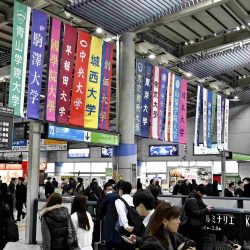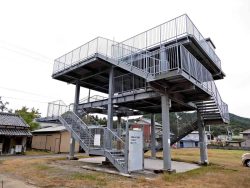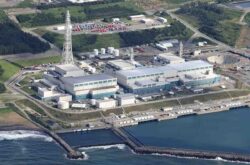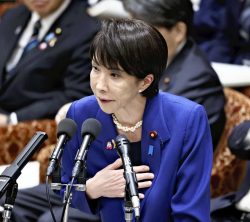Japanese Population Drops by Single-Year Record of 860,000; All But One Prefecture See Decrease in Population
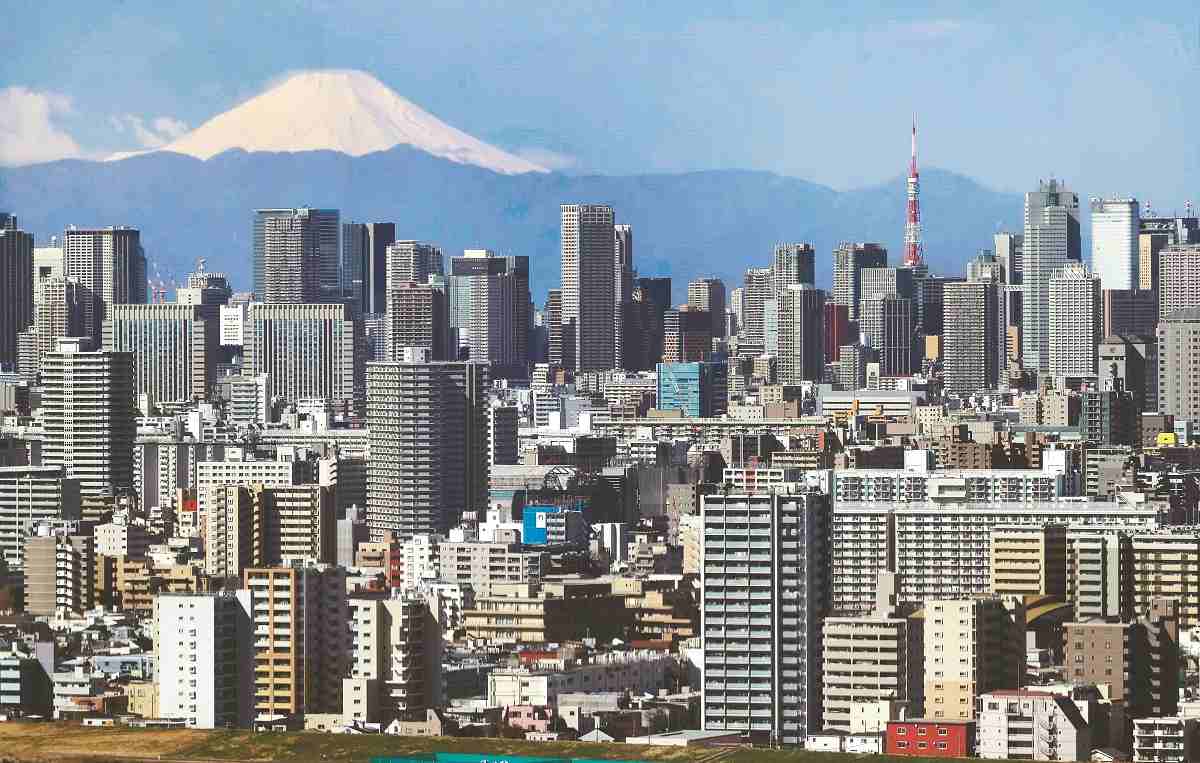
Buildings in Tokyo are seen with Mt. Fuji in the background in March 2021.
17:38 JST, July 25, 2024
The population of Japanese nationals in this country was 121,561,801 as of Jan. 1 this year, a decrease of 861,237 people, or 0.7%, from a year before, according to the Internal Affairs and Communications Ministry.
Japan experienced its 15th consecutive year of population decline since peaking in 2009, with the largest single-year decrease in terms of both number and percentage, government figures released on Wednesday showed.
Based on the Basic Resident Register, the number of births among Japanese nationals was a record low of 729,367. Deaths reached a record high of 1,579,727.
Consequently, the natural decrease — meaning deaths outnumbering births — expanded for the 16th consecutive year, amounting to 850,360 in a single year.
Tokyo saw a slight increase of 0.03% from the previous year, the first rise in three years. However, the other 46 prefectures had population declines, with the largest decrease in Akita at 1.83%, followed by Aomori at 1.72% and Iwate at 1.61%.
A social increase, where the number of people moving into an area exceeds those moving out, was observed in six prefectures. The highest figure was in Tokyo at 55,167 people, followed by the prefectures of Kanagawa, Saitama, Chiba, Osaka and Fukuoka.
Foreign nationals increasing
Meanwhile, the population of foreign nationals reached a record high of 3,323,374. After a temporary decline due to the COVID-19 pandemic, the figure began growing again last year, with the number of people moving to Japan from abroad reaching a record 605,863.
By prefecture, Tokyo has the largest proportion of foreign nationals in its population, followed by the prefectures of Aichi and Gunma.
Among all towns and villages, Oizumi, Gunma Prefecture, has the largest number of foreign nationals at 8,306. Oizumi also recorded the highest natural increase, with 73 people.
The town has seen an increase in South American immigrants since the 1990s, and in recent years, the number of technical intern trainees has also risen, with foreign nationals now accounting for 20% of the total population.
Oizumi has enhanced its support for foreign nationals and will be the first local government in Gunma Prefecture to hire full-time foreign staff, starting next fiscal year.
Kumamoto Prefecture experienced the largest increase in the percentage of foreign nationals among all 47 prefectures, with a 24.18% rise from the previous year. In Kikuyo, Kumamoto Prefecture, where a factory for Taiwan Semiconductor Manufacturing Company (TSMC) has been constructed, the social increase in foreign nationals was particularly notable, with an addition of 455 people.
The total population of Japan, counting both Japanese and foreign nationals, stood at 124,885,175, a decrease of 531,702 people (0.42%) from the previous year.
"Society" POPULAR ARTICLE
-

M4.9 Earthquake Hits Tokyo, Neighboring Prefectures
-

Israeli Tourists Refused Accommodation at Hotel in Japan’s Nagano Pref., Prompting Protest by Israeli Embassy and Probe by Prefecture
-

M7.5 Earthquake Hits Northern Japan; Tsunami Waves Observed in Hokkaido, Aomori and Iwate Prefectures
-

Tsukiji Market Urges Tourists to Avoid Visiting in Year-End
-
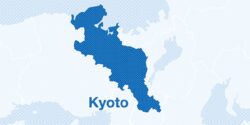
High School in Kyoto Says Students Shoplifted during Recent School Trip to Bali, Indonesia
JN ACCESS RANKING
-

Tokyo Economic Security Forum to Hold Inaugural Meeting Amid Tense Global Environment
-

Keidanren Chairman Yoshinobu Tsutsui Visits Kashiwazaki-Kariwa Nuclear Power Plant; Inspects New Emergency Safety System
-

Imports of Rare Earths from China Facing Delays, May Be Caused by Deterioration of Japan-China Relations
-

University of Tokyo Professor Discusses Japanese Economic Security in Interview Ahead of Forum
-

Japan Pulls out of Vietnam Nuclear Project, Complicating Hanoi’s Power Plans


